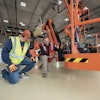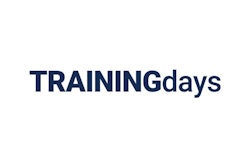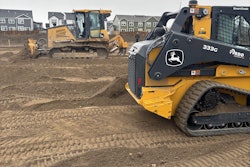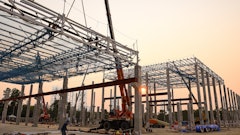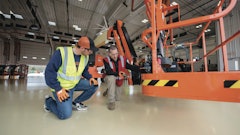
Fall isn’t just for kids heading back to class — it is also a perfect time for crews to sharpen their safety skills. Think of it as a seasonal refresher course for the jobsite: the latest OSHA updates, a PPE tune-up and lessons learned from real-world incidents.
Syllabus Day: What’s New from OSHA
OSHA has made several changes in the past year, and contractors who don’t review them risk falling behind before the semester even starts.
One of the most important is the requirement that personal protective equipment in construction must properly fit each affected employee. As of Jan. 13, 2025, the revised standard puts fit on the same level as availability and maintenance. That means no more “close enough” sizing for harnesses, gloves, boots or high-visibility gear. Employers should verify fit for every worker and keep records of those checks.
Hazard Communication rules also got an overhaul, effective July 19, 2024. OSHA’s final rule brings the standard in line with the Globally Harmonized System (GHS) Revision 7. Changes affect Safety Data Sheet formats, small-container labeling and combustible dust classification. For contractors, this is the time to update SDS libraries, replace outdated labels and retrain crews on the new format.
Other updates worth noting:
- The walkaround rule, effective May 31, 2024, allows employees to choose a third-party representative to accompany OSHA during inspections.
- Expanded electronic injury and illness reporting now requires high-hazard industries with 100 or more employees to submit Forms 300 and 301 annually, in addition to the 300A.
- Maximum penalties as of Jan. 15, 2025, are $16,550 for serious violations and up to $165,514 for willful or repeated ones.
PPE Lab: Best Practices for the Fall Season
With the fit requirement now explicit, fall is a great time to run a PPE “lab” on the jobsite. Walk through each worker’s gear, checking not just whether it is present but whether it truly fits and functions. Harnesses should have D-rings positioned between the shoulder blades, leg straps that are snug but not restrictive and chest straps that sit across the mid-chest. Gloves should allow dexterity without excess material at the fingertips. Boots should fit without causing blisters or tripping hazards.
Inspections matter just as much as fit. Equipment that looks fine to the eye may be past its safe-use date. Monthly documented inspections should go hand-in-hand with daily pre-shift checks. For fall weather, make sure cold-weather gear — like knit caps under hard hats or high-visibility jackets — does not interfere with visibility, harness points or movement.
This is also a good time to refresh Hazard Communication training. Show crews an example of the updated label format, explain any SDS changes and review small-container labeling rules. Even a 10-minute refresher can bridge the gap between regulation and real-world use.
Case Studies and Lessons Learned
The best safety lessons often come from real incidents — preferably before they happen on your site.
Falls remain the leading cause of death in construction, claiming 421 lives in 2023, according to OSHA’s Stop Falls campaign. These tragedies continue despite decades of awareness. For crews working at height, consider a short stand-down focused solely on fall protection, especially in roofing, steel erection or aerial lift work.
Trenching hazards are another stubborn problem. By mid-2025, OSHA had already reported 11 trench-related fatalities, with media reports pushing that number higher. Every one of these deaths was preventable by following the basics: slope, shore or shield trenches deeper than 5 feet; keep spoil piles at least 2 feet back; provide ladders within 25 feet; and have a competent person inspect daily. Recent criminal prosecutions for trench-collapse cases make it clear that ignoring these rules can mean jail time, not just fines.
Even as cooler weather sets in, heat illness should stay on the radar. Construction workers still account for more than a third of occupational heat-related deaths, according to CPWR. Warm spells in the fall can still be dangerous, especially for new or returning workers who are not acclimatized. Build hydration breaks, rest cycles and buddy systems into your job hazard analysis.
Homework and Handouts
A good refresher course comes with assignments — and in this case, they are more than busywork. Use tools like these to keep your crew prepared:
- A PPE fit audit sheet to document every worker’s equipment sizes and verify that replacements are on order.
- A HazCom changeover tracker to confirm SDS updates, label changes and training dates.
- A trench competent-person daily log for recording soil classification, protective systems, spoil-pile distances and ladder checks.
- A heat illness prevention plan outlining symptoms, emergency response and hydration requirements.
Safety knowledge fades if it is not refreshed. Treat this season like the start of a new school term, with updated “textbooks” in the form of new OSHA rules, lab sessions to test PPE fit and case studies drawn from the field. The real exam comes when the unexpected happens — and preparation is always the right answer.


